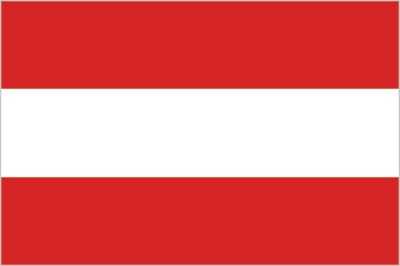History of Austria

Austria, officially known as the Republic of Austria, has a rich and complex history that spans many centuries.
Ancient Settlements and Roman Rule (Pre-5th Century): The region that is now Austria has a history of human settlement dating back to the Paleolithic era. During Roman times, Austria was part of the Roman province of Noricum, and its territory was inhabited by various Celtic and later Germanic tribes.
The Middle Ages (5th-15th Century): Austria played a significant role in the medieval Holy Roman Empire. In the 8th century, the Carolingian Empire expanded into the region. Later, the Babenberg dynasty established a significant presence in Austria. In 1278, the Habsburgs, one of Europe’s most influential royal families, acquired the Duchy of Austria, setting the stage for their long-lasting rule.
Habsburg Empire (16th-19th Century): Austria became the core of the Habsburg Monarchy, which later evolved into the Austro-Hungarian Empire. Under Habsburg rule, Austria became a major European power, playing a pivotal role in the politics, culture, and military conflicts of the continent. The Habsburgs ruled Austria for over six centuries.
Reformation and Counter-Reformation: Austria was deeply affected by the Protestant Reformation in the 16th century. While some regions adopted Protestantism, the Habsburgs championed the Counter-Reformation, resulting in a predominantly Catholic Austria.
The Thirty Years’ War (17th Century): Austria was heavily involved in the devastating Thirty Years’ War (1618-1648) that swept through Europe, with the conflict leading to significant destruction and loss of life in the region.
Enlightenment and Maria Theresa: Maria Theresa of Austria (reigned 1740-1780) was a notable Habsburg ruler known for her administrative reforms and her support of education and culture during the Enlightenment era.
Napoleonic Wars and the Congress of Vienna (Early 19th Century): Austria played a key role in the Napoleonic Wars. After Napoleon’s defeat, the Congress of Vienna in 1814-1815 redrew the map of Europe, and Austria emerged as one of the dominant powers.
Austro-Hungarian Empire (19th-20th Century): In 1867, the Austro-Hungarian Compromise established the dual monarchy of Austria-Hungary, with Vienna as one of its capitals. This multinational empire faced challenges from various ethnic groups and ultimately dissolved after World War I.
Republic of Austria (20th Century): After the collapse of Austria-Hungary in 1918, the Republic of Austria was established in 1919. The country faced economic difficulties, political turmoil, and was annexed by Nazi Germany in 1938 during World War II. After the war, Austria was divided into Allied occupation zones before regaining independence in 1955.
Modern Austria: Since the mid-20th century, Austria has been a stable and prosperous nation. It has played a role in European integration, being a member of the European Union since 1995. Austria is known for its cultural contributions, including music (Mozart and Strauss), art, and its capital city, Vienna, which has a rich history as a center of art and culture.